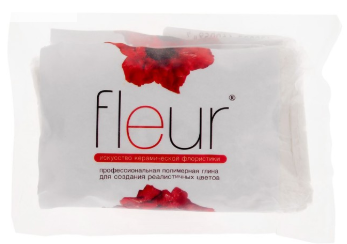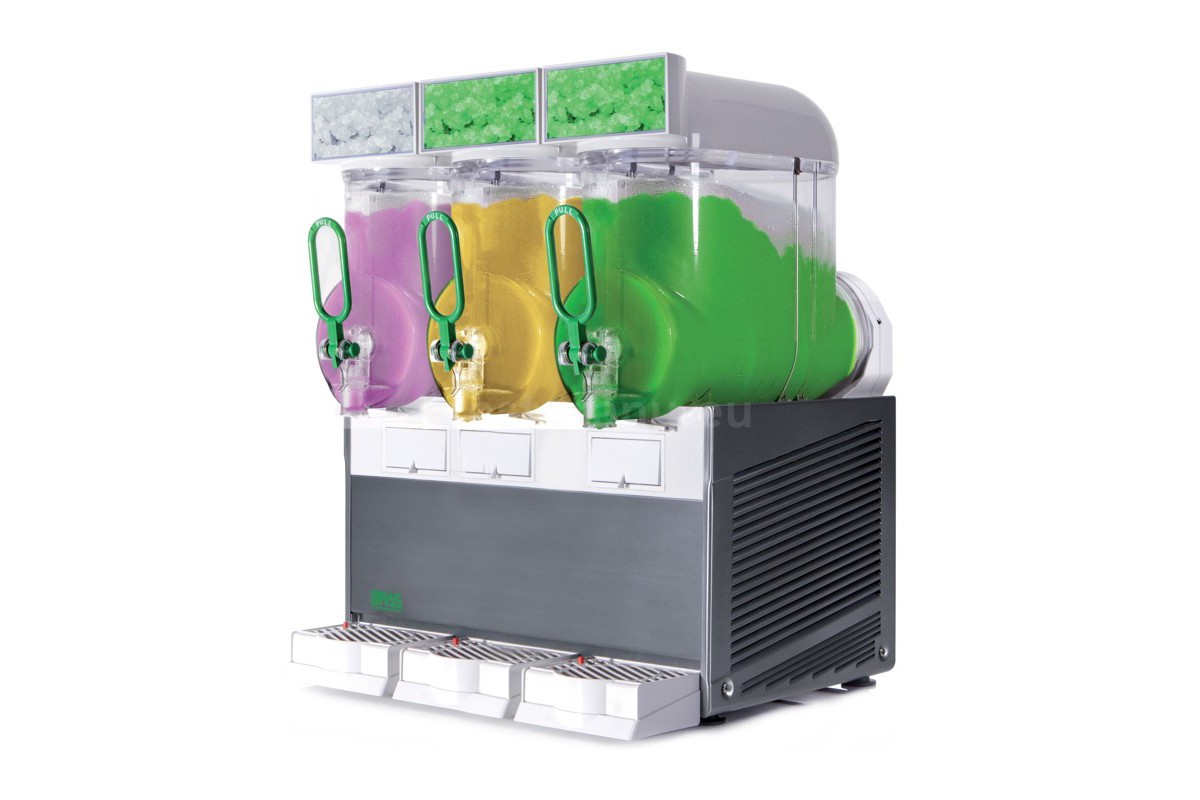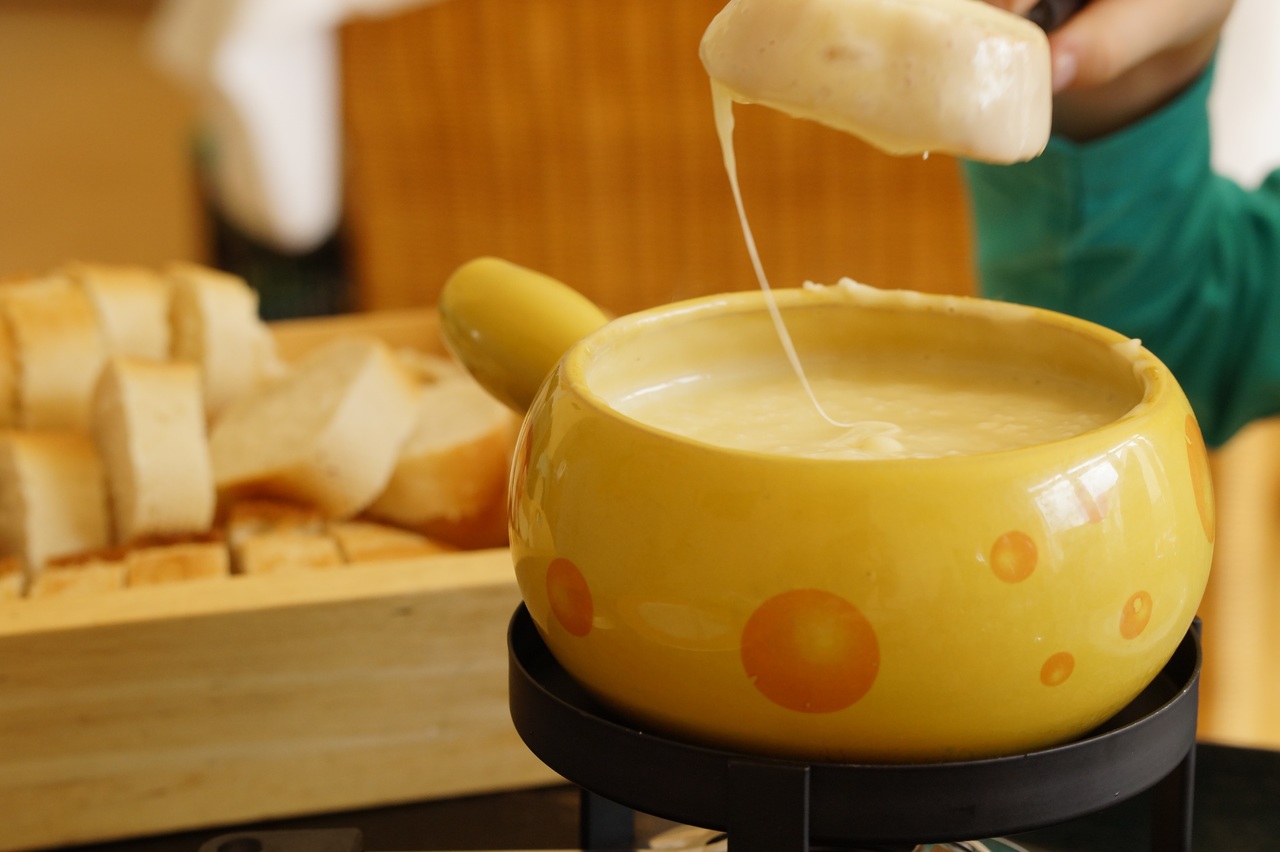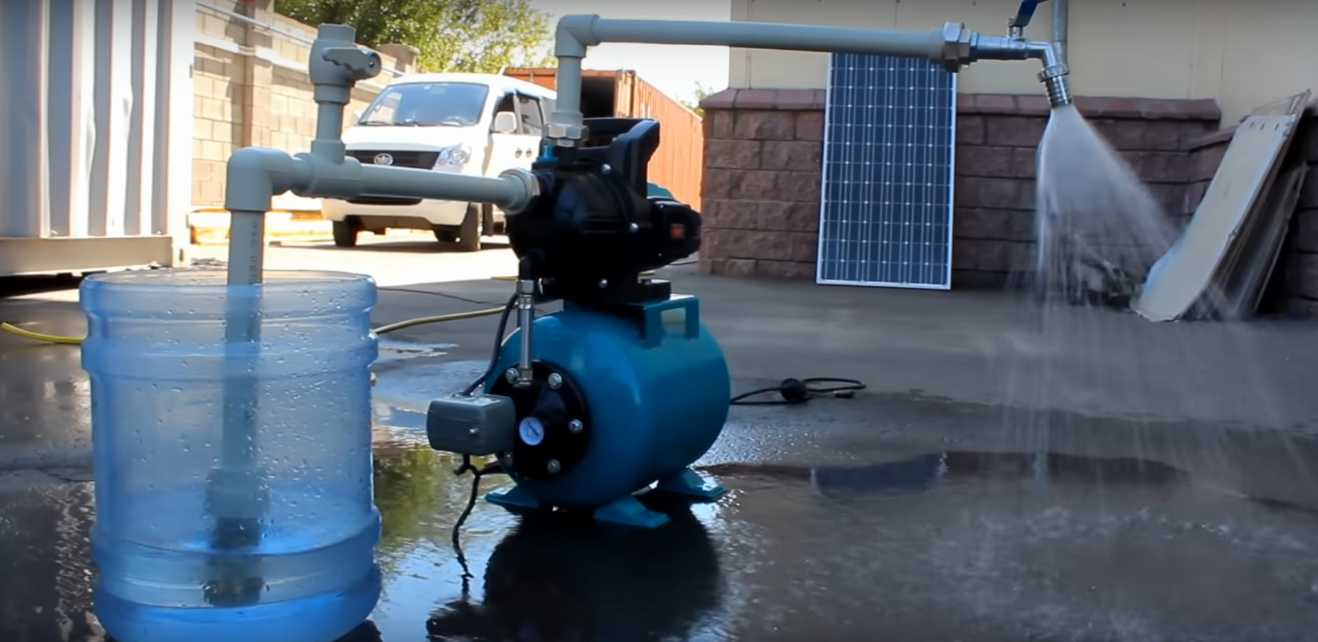Best polymer clay manufacturers for 2024
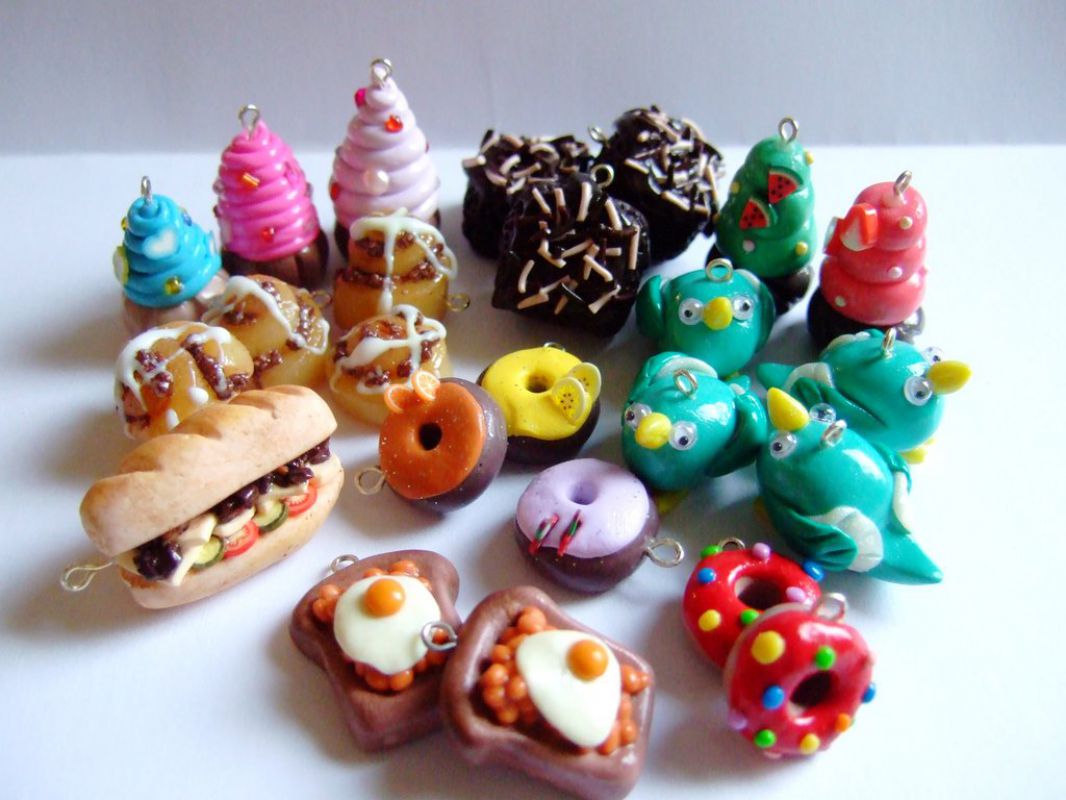
Polymer clay is a material similar in structure to plasticine, from which fakes, souvenirs, hairpins are made, sculptures are modeled, and even used as a decorative element. But it differs from the mentioned material in its durability and strength.
Composition and types
Plastic consists of a base (PVC) and one more liquid plasticizer. Also, some manufacturers add different pigments to the base or mica to give a pearlescent or glossy effect.
Clay happens:
- Self-hardening - in other words, you do not need to make special efforts to harden it. You just need to leave the plastic in the air.
- Baked - polymer hardens when exposed to heat.
There are two ways to "bake" the material.
The first way is to bake in the oven. Stages:
- preheat the oven to about 100-130OC;
- the product is placed in a cupboard in earthenware or ceramic dishes (if there are no such dishes, then the baking sheet must be covered with parchment);
- bake for 5-40 minutes, depending on the thickness of the product;
- turn off the oven and leave the product to cool without removing it.
Many craftsmen advise purchasing a special mini-oven for thermal processing of thermoplastics.
The second way is cooking.
The advantage of cooking is the following: Firstly, the material will not burn, it will not deteriorate in any case. Secondly, you do not need to calculate the baking time per minute, because it will not work out worse.
The disadvantages include the fact that after cooking, something like lime appears on the product.
The following rules must be observed:
- boil water first;
- we place the product in a bowl with boiling water, but only carefully, you do not need to throw it;
- cooking time depends on the size of the product, usually a minute per 1 millimeter + additional 5 minutes;
- we also carefully take out the figure and place it under cold water, but do not throw it or substitute it under a large stream of water. It is enough to put in a container.
It is important to remember one thing for both baking methods: you cannot use the utensils for cooking if the thermoplastic product has already been in it. Also, after the mentioned procedure, it is recommended to put water in the oven and heat it inside about 3-5 times, and then wash it.

Safe operation rules
- Many advise to work with gloves so as not to harm yourself inadvertently, and also not to leave marks from fingerprints;
- it is forbidden to leave a child with plastic without adult supervision;
- if the child took the raw clay in his hands, then it is necessary to immediately wash them so that the polymer particles do not get into the mouth - this can lead to poisoning;
- bake the product only if there is no food in the oven;
- if the clay burns out during baking, then immediately you need to open the window to ventilate the room, then go out for a while - so harmful vapors will not enter the body;
- before starting work, it is necessary to prepare the material for work, which means that you need to take a small piece and, kneading it, warm it up;
- if the thermoplastic is self-hardening, then it is recommended to take a little material during work so that it does not dry out until the product is ready;
- it is forbidden to bake the product in a microwave oven;
- when working directly with the material, you need to cut it only "from yourself", since due to the rigidity of the polymer, the knife can slip off and cause harm;
- polymer can be mixed to get a new color, which is not in the purchased palette. However, if the thermoplastic is of different temperatures, then this can lead to underbaking (the product will not be durable and will quickly break) or, on the contrary, to darkening;
- if the material is too hard, then it can be softened with the help of: cream, petroleum jelly, plasticizer;
- in case of excessive softness, it is recommended to put a piece of plastic on paper and press down on both sides with something heavy - an excess amount of plasticizer flows out.
How and where to store?
Even if the clay is not self-hardening, this does not mean that it will not harden in air. Therefore:
- the package must be tightly closed after opening;
- if there is no packaging left, then cling film will do;
- separate packaging for each color, as the material may stick together;
- must be stored in exactly the conditions recommended by the manufacturer;
- plastic should not be left in direct sunlight, as its quality deteriorates.
After a detailed description of the clay, you should go to the rating of the best polymer manufacturers, since it is very important to purchase high-quality clay that will not cause problems during use.
Top 8 best polymer clay manufacturers
Artifact Classic
1 place
High-quality material from a domestic manufacturer is used for all types of work - suitable for sculpting and modeling.
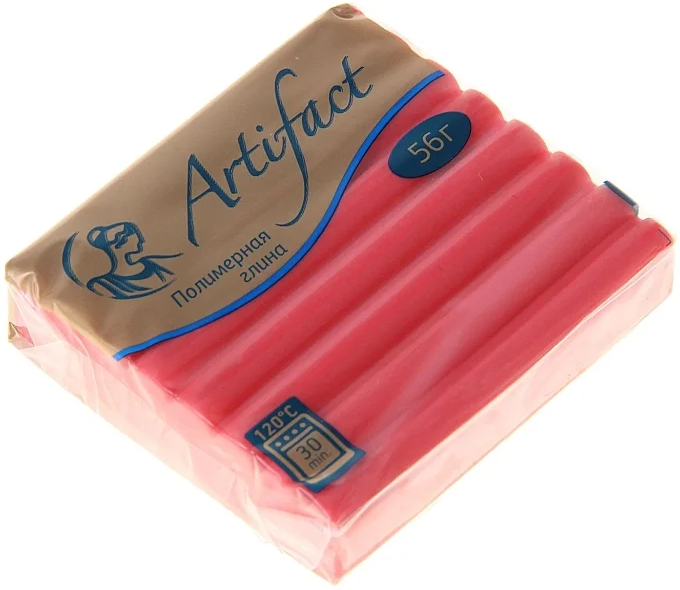
Characteristic:
- Colors - classic colors (red, yellow, green, etc.). There are also fluorescent, metallic, mother-of-pearl.
- Roasting temperature - 130OC for 30 minutes.
- Package weight - 56 grams.
- But you can buy briquettes with standard colors (white, flesh, black) for 250 g.
- For children from 5 years old.
Average price - 150 rubles.
- pliable in modeling;
- does not dry out if the briquette is not completely closed;
- there is no unpleasant smell when baking (only if all the rules are followed);
- durable - 5 years.
- not suitable for sculpting small and thin parts;
- darkens if baked.
Without much effort, you can mold any figure (not small). After heat exposure, it becomes durable, does not change in size - does not dry out. The manufacturer claims to be environmentally friendly components and safety for others.
Sculpey III
2nd place
Thermoplastic is suitable for both beginners and professionals. But it is worth remembering that it is difficult to roll out.
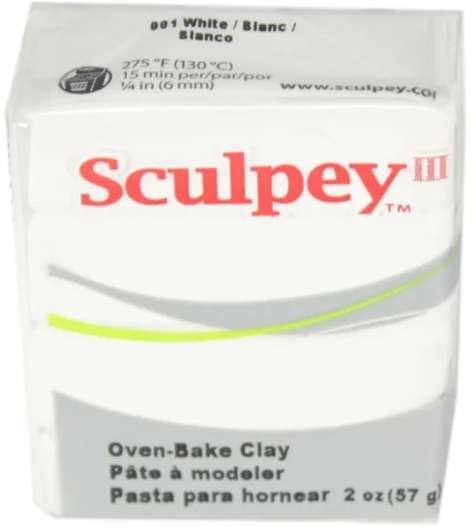
Characteristic:
- The palette is a total of 44 shades with and without various effects.
- Roast at 130OC in 15 minutes.
- Package weight - 57 grams.
- For children from 3 years old.
Average price - 200 rubles.
- quality;
- keeps its shape well;
- easy to polish, grind;
- saturated shades.
- slightly changes color after baking;
- not suitable for mixing polymer from another manufacturer;
- fragile.
Many people recommend this thermoplastic to beginners, because it is easy to knead, pliable in work, repeats the desired shape of the product. It is also a great option for those who just want to test themselves in a similar hobby, since the cost is not very high.
Flower
3rd place
If you are new to sculpting, then this plastic is the most suitable choice. Firstly, the manufacturer produces briquettes with several colors - you don't have to buy anything.Secondly, the democratic cost - it will not be a pity for money if the hobby is not to your taste.
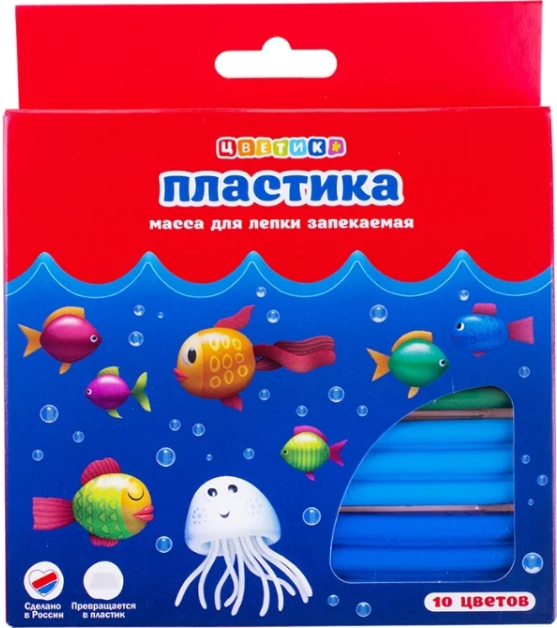
Characteristic:
- There are 12 colors in total: white, yellow, orange, pink, purple, blue, blue, green, brown, black, dark green, burgundy.
- But the manufacturer provides for separate packages with pastel and fluorescent colors, sequins - there are already 6 shades here.
- Bake for 10 minutes at 120-130 degrees.
- Bar weight - 20 g.
- Age restriction - from 5 years old.
The cost depends on the number of flowers in the package:
- 12 colors - 400 rubles;
- 6 - 200 rubles.
- palette;
- easy to mix;
- hardens quickly in the oven;
- budget;
- soft (if kneaded well);
- does not stick to your hands.
- paints hands when working;
- it is difficult for a child to knead the material before using it;
- not suitable for creating small details;
- dense consistency.
Plastic "Tsvetik" is suitable for working with children or beginners, as it is difficult to mold too complex figures from it due to the texture. The very same clay of saturated and bright colors will make it possible to make simple, but beautiful products.
Fimo
4th place
This company deservedly receives good reviews from all lovers of modeling, because the manufacturer offers customers high-quality polymer in several categories:
- Fimo Professional is the toughest and hardest of all these types. Suitable for making dolls, products with a lot of miniature parts.
- Fimo Effect - moderately hard, does not spread during operation.
- Fimo Soft is less hard, plastic and even allows you to make small parts.
- Fimo Kids is the softest of all, so only large figures can be sculpted from it.
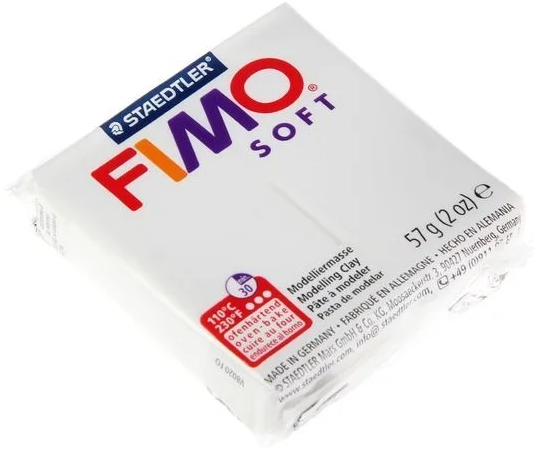
Characteristic:
- Palette - Fimo provides a huge variety of colors. Some even imitate granite, precious stones.
- Heat treatment should last about 10-30 minutes at a minimum temperature of 110 degrees (the larger the product, the longer it is in the oven).
- Bar weight - from 42 g.
- Age restriction - from 5 years old.
Average price - 200 rubles.
- variety of colors;
- easy to sculpt;
- keeps its shape;
- does not change color after heat exposure;
- does not stick to hands;
- nice to work with.
- warms up for a long time.
This is the most popular company, as the manufacturer has created one of the highest quality thermic clay. With the help of it, many products are created that amaze with their appearance. According to reviews, working with such a polymer is a pleasure, because it repeats all the necessary shapes and bends of the product.
Cernit
5th place
No less popular company, like the previous one. Not suitable for beginners due to its dense structure - it will be difficult to knead such plastic out of habit.
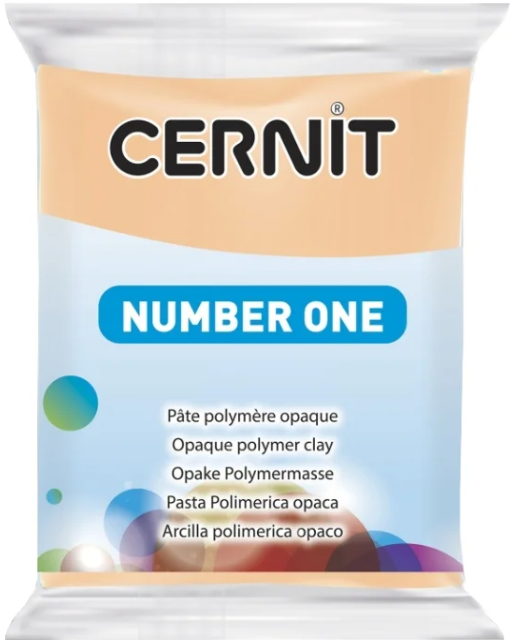
Characteristic:
Cernit offers several color lines:
- Number One - base colors;
- Translucent - transparent shades;
- Glamor - mother of pearl, soft glitter;
- Shiny - Metallic
- Nature - colors are made for stones;
- Neon Light - fluorescent colors.
For heat treatment, 30 minutes at 115OC.
Bar weight - 56, 250, 500 g.
Recommended for children over 8 years old.
The cost depends on the number of flowers in the package:
- 56 years - 150 rubles;
- 250 g - 600 rubles;
- 500 g - 1000 rubles
- strength after processing;
- does not stick to hands;
- mixes easily with other colors;
- durable;
- saturated colors;
- does not darken;
- cost.
- difficult to sand;
- during the sculpting process, it takes in a lot of air; after heat treatment, irregularities on the surface may appear.
The manufacturer declares a non-toxic and safe composition. Despite the fact that the price is low, the quality of thermoplastics is excellent.
Fleur
6th place
The second name of this company is "cold porcelain", the composition produces the most realistic products, in particular flowers.
Characteristic:
- The palette of shades depends on the selected set.
- Self-hardening clay.
- Weight - depends on the set.
- The manufacturer did not indicate the recommended age for starting use.
Average price - 1000 rubles.
- elastic;
- does not lose color after drying;
- no need to bake;
- allows you to roll out very thin layers;
- plastic;
- products are durable after hardening.
- dries quickly in air - you need to work with small pieces;
- sticks to hands;
- cost;
- inconvenient packaging.
When working with the specified polymer, one of the main rules must be remembered: Fleur clay is afraid of water, so you should avoid it so that moisture does not get on the finished parts. After drying, finished products retain their flexibility, but do not break.
Sonnet
7th place
Plastic and malleable clay, from which figures of various sizes can be molded.
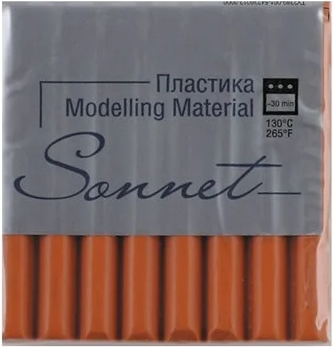
Characteristic:
- The manufacturer offers a huge number of colors - more than 40.
- The duration of the heat treatment depends on the size of the figure - from 3 to 30 minutes at 130 degrees.
- Package weight - 56, 120, 250, 1000 g.
- The manufacturer did not specify an age limit.
The price varies from 150 to 600 rubles.
- does not get dirty;
- high quality;
- suggested number of colors;
- small consumption;
- does not crumble;
- easy to mold;
- cost;
- composition;
- soft.
- slightly changes color after heat treatment;
- grainy.
Based on numerous reviews, this thermoplastic is of sufficient quality for its value. Large palette of colors with different effects.
Sculpey Premo!
8th place
Despite the fact that we have already indicated the polymer from this manufacturer in our rating, "Premo!" deserves special attention.

Characteristic:
The color line consists of 24 shades with various effects:
- 6 with a metallic effect with the addition of metallic mica;
- 3 colors "like granite";
- 6 with mother of pearl;
- 6 translucent;
- 3 colors with sequins.
Bake for 15-30 minutes at a maximum temperature of 130OC.
Package weight - 57, 227 g.
Forbidden for children from 0 to 8 years old.
The average price is from 300 to 900 rubles.
- does not crumble;
- does not require long kneading;
- cost;
- mixes well;
- does not stick to hands and does not get dirty;
- saturated colors;
- does not flow;
- easy to grind;
- nice to work with.
- if the temperature regime is not observed, it may darken;
- insufficient amount of translucent shades;
- fast consumption;
- small packages in which clay is sold.
Thermoplastic surpasses all the expectations of the masters, because during sculpting it is soft, but at the same time it does not spread, and after heat treatment it is hard and durable (it is almost impossible to break it). Also, the offered rich and juicy shades, where sparkles are really visible, cannot but please.
Thus, a huge number of polymer clay firms are provided on the market. Manufacturers, of course, pleased even the most fastidious lovers of such creativity: various types of clay have been created (hard, soft, baked, self-hardening), and the palette of offered colors cannot but please the eye.
How Do I Pick a Good Clay?
- first, it is necessary to determine which structure is preferable to work with (viscous, soft, hard, moderate);
- read the reviews of people who describe in detail how this or that clay behaves in work and always after sculpting, since some polymers may begin to crumble.
But each review is individual. Through trial and error, sooner or later, it will turn out to find exactly the clay with which it is pleasant to work. The main thing to remember is that you can buy high-quality plastic even for a low cost.
At the beginning of work, it may seem that everything is too complicated: the clay is not the same, the oven does not bake, the hands are crooked. But you should not give up everything at the beginning of the path - you just need to understand the whole principle of work.
new entries
Categories
Useful
Popular articles
-

Top rating of the best and inexpensive scooters up to 50 cubic meters in 2024
Views: 97661 -

Rating of the best materials for noise insulation for an apartment in 2024
Views: 95022 -

Rating of cheap analogues of expensive drugs for flu and colds for 2024
Views: 91751 -

The best men's running shoes in 2024
Views: 87680 -

Top ranking of the best smartwatches 2024 - price-quality
Views: 85091 -

Best Complex Vitamins in 2024
Views: 84801 -

The best dye for gray hair - 2024 top ranking
Views: 82406 -

Rating of the best wood paints for interior use in 2024
Views: 77202 -

Ranking of the best action cameras from China in 2024
Views: 75269 -

Rating of the best spinning reels in 2024
Views: 74827 -

The most effective calcium supplements for adults and children in 2024
Views: 72462 -

Top rating of the best means for male potency in 2024 with a description
Views: 68296
